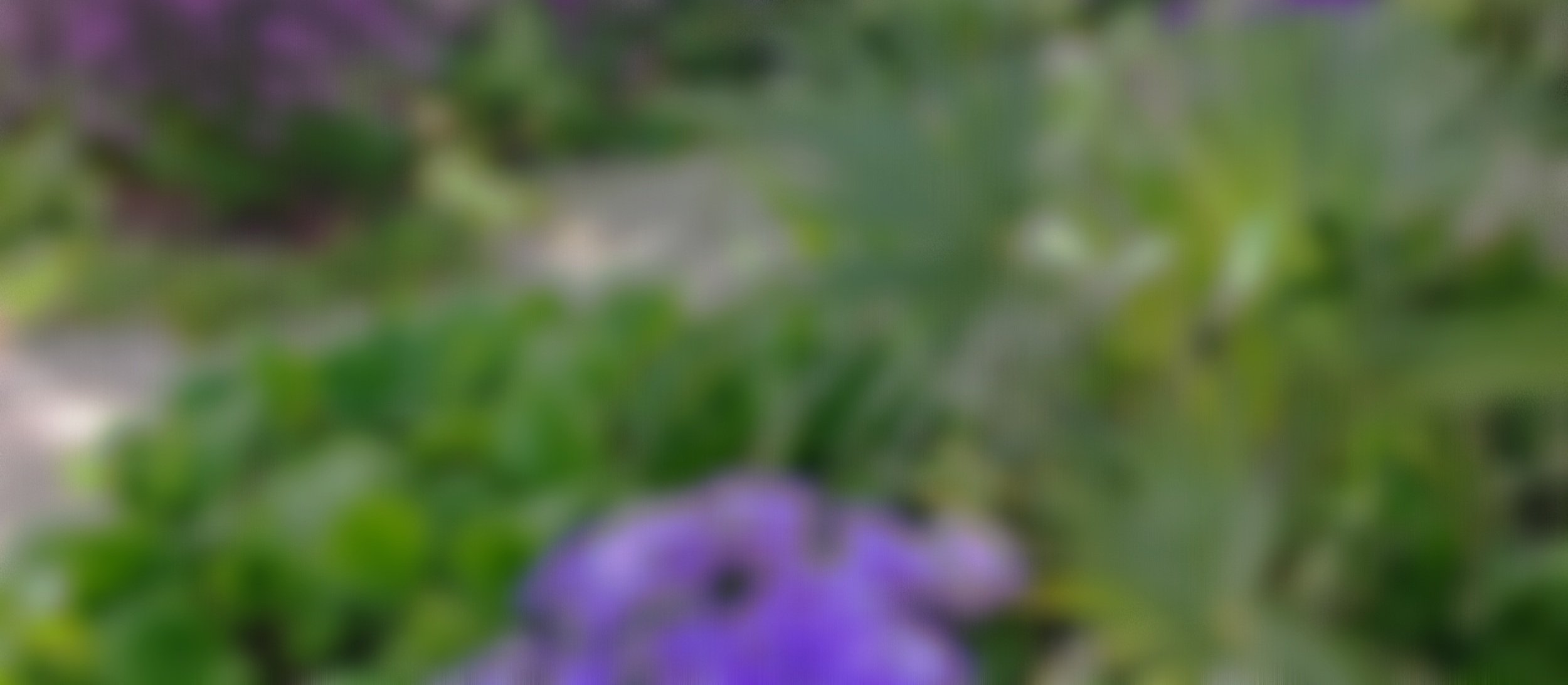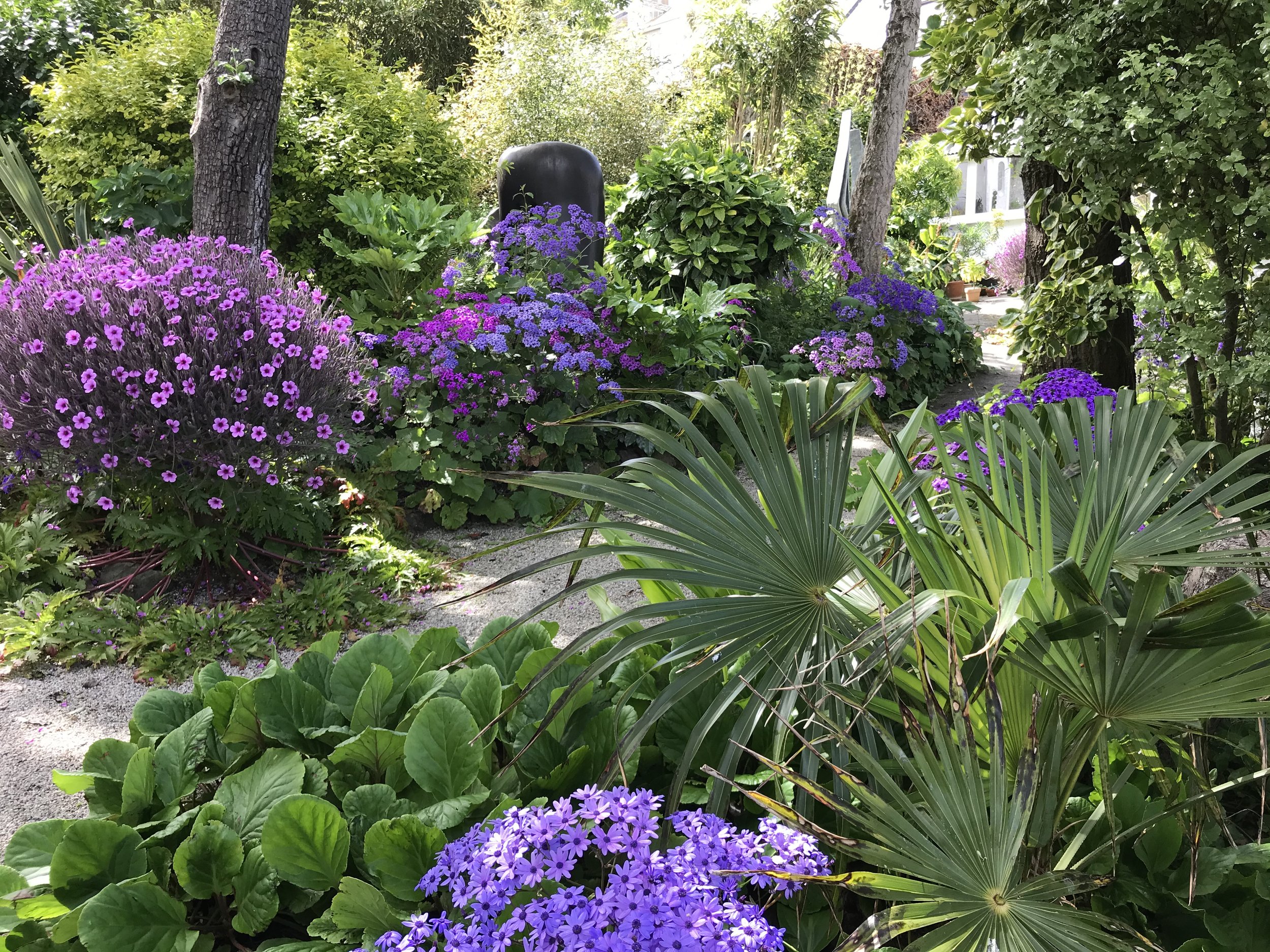The Barbara Hepworth Museum and Sculpture Garden St Ives
Barbara Hepworth’s home and garden

Juniper Gardens has worked in the position of head gardener at the Barbara Hepworth Sculpture Museum and Garden for over 6 years. I work alongside the Hepworth Estate and Tate St Ives, providing the horticultural expertise necessary to manage and maintain the gardens. The garden has now been open to the public for over 40 years and attracts thousands of visitors every year.
The garden during Hepworth’s lifetime was a working garden, as well as a home to many of her sculptures. Hepworth expressed a wish for the garden to be open to the public after her passing. Now it is kept with sculptures located where she cited them, within the shrubs, trees and garden that she created. An important aspect of my work is maintaining this historical authenticity through original Hepworth planting. Working from archival photos and the memories of members of the Hepworth estate, who knew the garden during Hepworth’s lifetime, we strive to ensure the same harmonies of form, foliage and atmosphere that Hepworth so carefully curated.
“[The continuity of life] contains a tremendous and impelling force. In autumn all the dynamics are laid for spring…. Spring is the manifestation of all that is laid down in the autumn. The artist who understands this is feeling his way to an understanding of the structures underlying these impulses”
Hepworth’s ethos
Today’s changing climate is bringing hotter, drier summers, and with it an increasing threat from pests and diseases. To preserve ‘genuis loci’, or ‘sense of place’, at the Hepworth garden, the planting and trees must be looked after. Regular additions of a variety of organic materials to the soil are supporting soil ecology, which is the engine house for plant nutrient provision. Soil fauna such as nematodes, springtails and earthworms also form the foundational building blocks for wildlife above ground. Such organic and wildlife friendly gardening will bolster local insect populations helping to stave of the increasing threat from pests and diseases.The added organic matter is also the best way to build soil water holding capacity. However, and as an insurance policy in extremely dry summers, under-soil irrigation is also being installed throughout. These practices are being prioritised to bolster the health and resilience of the garden into a future of climate change.
During her lifetime, Hepworth expressed concerns about our environment and particularly that which we are handing over to future generations. Her garden chimed with these sentiments being naturalistic and welcoming to wildlife. Hepworth created a space that has great structural diversity; which creates a mosaic of habitats. The knarly old trees, such as the tree of heaven, provide nesting sites for birds including tits. Flowers provide nectar for pollinators - sometimes a hummingbird moth can be seen on the Mexican sage. While the thorny dense form of the Japanese quince provides a flock of sparrows with an often frequented refuge giving protection from larger birds. Today, in line with Hepworth’s ethos, we manage the garden prioritising sustainability and biodiversity where ever possible.

Barbara Hepworth’s planting
Hepworth used a refined and muted colour palette. Any splashes of colour are in the pink-purple-blue spectrum. White is often used. Gentle contrasts in texture, between predominantly evergreen planting, also help in creating the calm and contemplative atmosphere.
The re-introduction of Hepworth plants lost to the garden
Archival photos from the 1970s often featured a plant called cineraria, which provided an important component of harmonised colour. Along the passage of time, this plant, along with others had disappeared from the garden. Part of my work has involved identifying and re populating some of these species back to the garden. In the case of the cineraria’s, I was initially disheartened to discover this original and distinct cineraria species was no longer available to buy commercially. However, I was fortunate enough to discover a small population still surviving in a local garden in St Ives. With the permission of the gardener, I collected seed and have re-populated the garden with this very important species. It now self- seeds around, providing a beautiful array of colour from white through to pinks, purples, magenta and blue.

Cinerarias
Today the garden once again enjoys the delightfully naturalistic and beautiful cineraria.
Ideally suited to the woodland environment and maritime climate, the cineraria is now a firm favourite of mine. Along with the cherry tree, they are the signature species of the museum garden.

The Barbara Hepworth Greenhouse
Also falling within the remit of head gardener is looking after the plants in the Barbara Hepworth greenhouse. The greenhouse allowed Barbara Hepworth to grow more tender plants such as plumbago, angel’s trumpet and a variety of cacti and succulents. Many of which are exactly the same plants that Hepworth herself planted.









